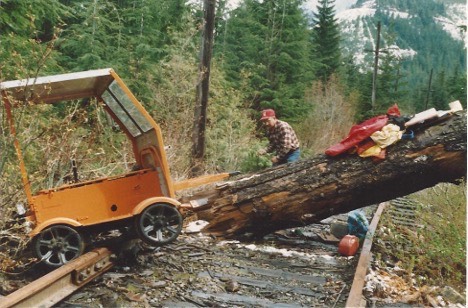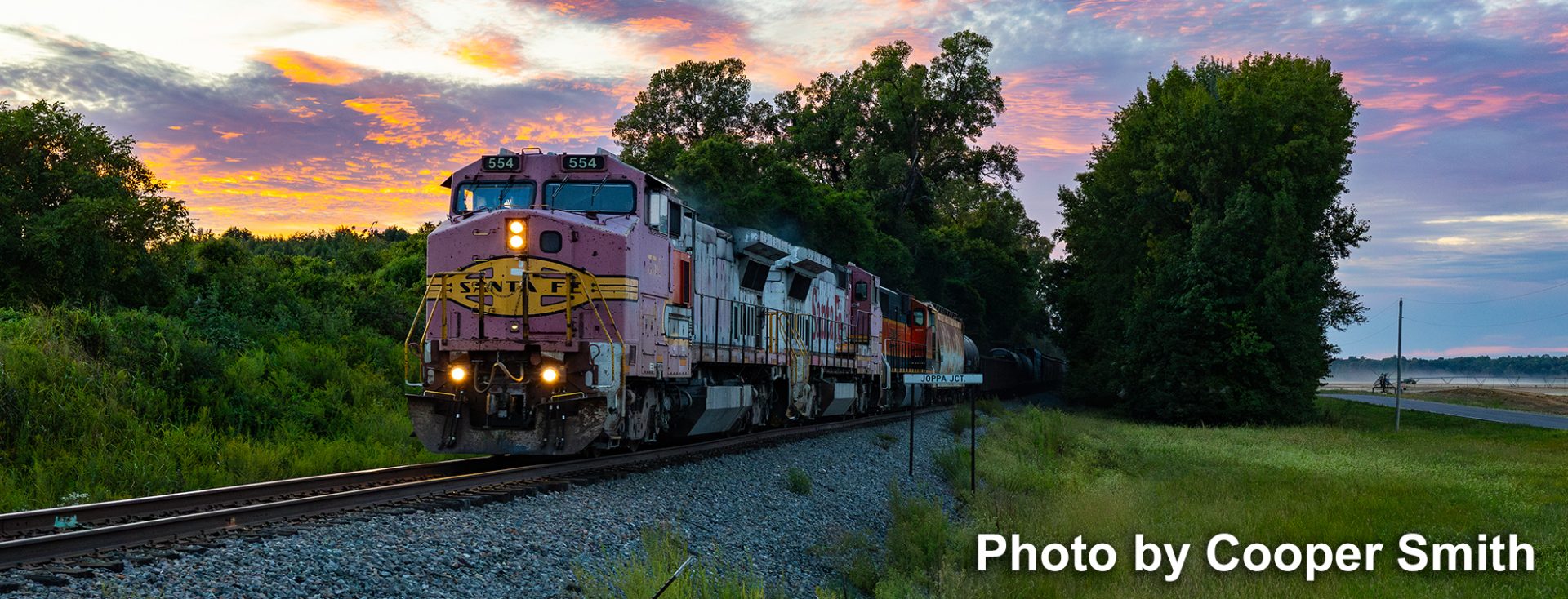
by Gary Ostlund
The railroads were big on paperwork. This story is taken from the book: “Blow the Whistle Softly” an anthology by the late Ruth Eckes, a friend of mine in Federal Way, Washington. She published a series of six books, all short stories by railroaders from all around the country. Ruth graduated from HS in 1944, went to the Northern Pacific Railway telegraph-operators school in Jamestown, ND. Her first assignment as a full-fledged telegrapher was at Kanaskat, Washington, way up in the Cascade Mountains. There was an outhouse, no running water or electricity. Ruth was 17 years old. Ten Blackbirds, by Bill Harshfield – Maple Valley, Washington.
Accident reports to “railroad brass” sometimes required “word pictures” to get the point across to them. The following section foreman story is an example: A section foreman, while going to work one morning, derailed his track motor car causing quite a lot of damage to the “speeder.”* He made out the required customary accident reports in detail explaining the cause, any injuries – if any, the amount damage, what could have been done to prevent the accident, etc. He then sent it to the superintendent’s office. By return mail he received a very caustic note telling him his report was entirely too long, and for him to fill out a new, much shorter one. This he did, and here was his report: “Ten blackbirds were sitting on the rail, nine flew away. One was a rock”.
* speeder is another name for motor car, a picture (above) I took of Roger Sackett of Renton, Washington. In 1987, we took a ride on his Speeder on the former Milwaukee Road in the Snoqualmie Pass area. The majority of the former Milwaukee right-of-way is now a deluxe hiking and biking trail. Today you can trek safely from Seattle to the Idaho border, with occasional breaks. These “Speeders” as they were called, have not been used by the railroads for many years, and their disposal created a whole new railfan hobby.
In this case, Sackett purchased this unit from a scrapper. It had no engine but otherwise was in good condition. He mounted a Briggs & Stratton with some creative bicycle type chain drive and Wahlah. Those handles sticking out from the front, slide to the rear and made it possible for a worker to lift the unit off the rails from the front or rear. The short wheel-base creates a very low center-of-gravity, and with little effort you can wheel-barrow the Speeder away from the track for a passing train. The railroads had designated places for such removal, called “Set-offs,” where wooden planks permanently secured to the ties, between the rails, to create a relatively even surface and a platform of sorts extended away from the active rails. Or you could use a highway crossing like we did numerous times. Roger is using a come-along to literally drag the Speeder around the errant log.
The Milwaukee line across the Cascades had been closed since 1980. We successfully got the speeder past this obstruction, only to find another around the next curve. Hah. We turned around and went back and beyond where we “set-on.” And enjoyed the day. Speeder enthusiasts have their own organization called NARCOA, (North American Rail Car Operators Association). You can barely see the baseplate of a scissors jack under the rig. He can wind it down and do a U-turn, anywhere.
